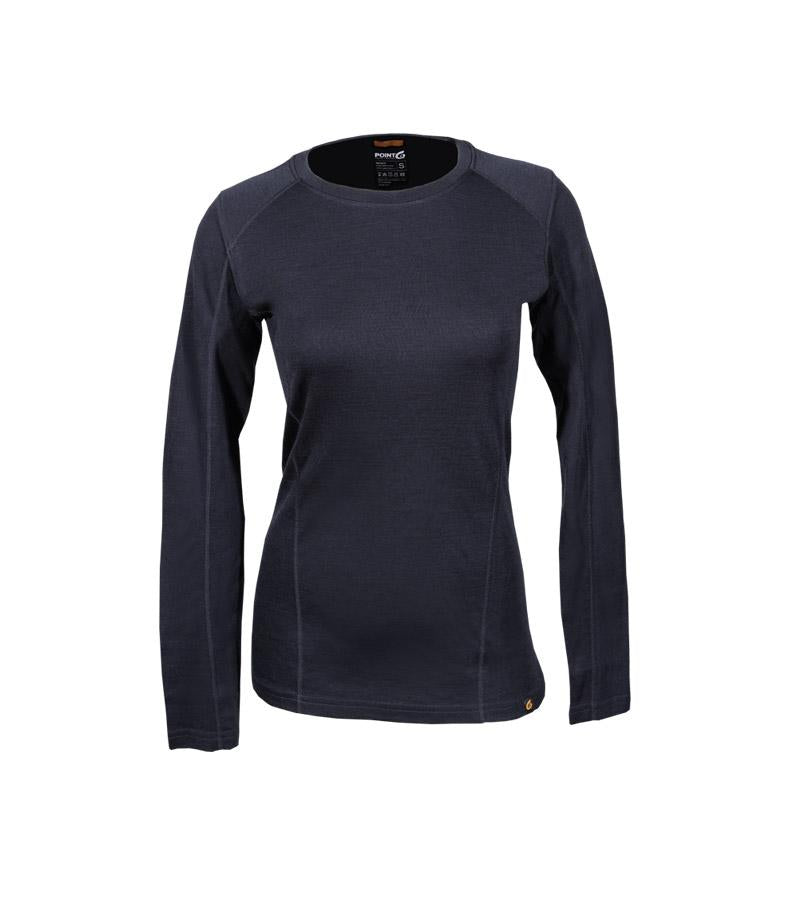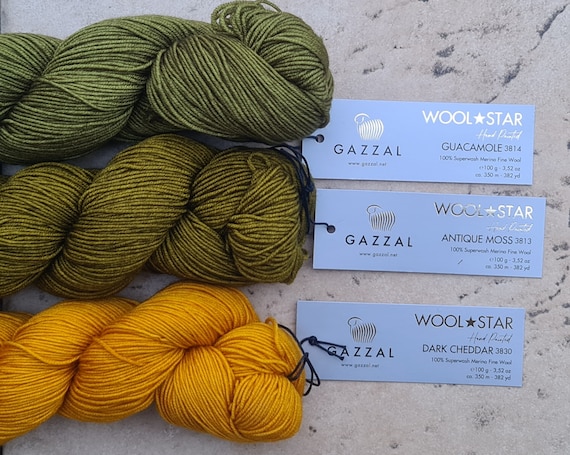High Rated Merino Wool Base Layer Guide
Wiki Article
Why Is Yak Merino A Great Base Layer For Winter Sportswear?
The natural fibers and environmental sustainability of Yak Merino Wool Base Layers makes the perfect choice for winter sports clothing.
Yak and merino are both natural fibers that come from animals. These are renewable resources which can be harvested sustainably and without hurting animals. These fibers biodegrade that means they do not harm the environment.
Low Environmental Impact
Natural fibers' production generally has a lower environmental impact than synthetic materials. The production of wool is less harmful to the environment than synthetic fibers since it requires less chemical processes.
Energy Efficiency
Wool fibers are made using less energy compared to synthetic fibers. The manufacturing of natural wool uses less energy and lowers carbon emission.
Minimized Microplastic Pollution
Natural wool fibers aren't accountable for microplastic contamination of waterbodies in contrast to synthetic fibers which shed microplastics when washed.
The durability and recycling of Plastics
Yak merino garments can last many years, and are extremely durable. Wool fibers can also be reused or recycled, thus reducing waste.
Sustainable Practices-
Certain wool producers and manufacturers adhere to sustainable and ethical practices, ensuring animal welfare as well as responsible land management and fair working conditions for workers involved in the process of production.
Environmental Certification-
Certifications such as the Responsible Wool Standard (RWS) or the Global Organic Textile Standard (GOTS) ensure ethical and environmentally conscious practices in wool production giving consumers confidence regarding sustainability.
In the overall scheme yak Merino Wool base layers support environmental sustainability since they are constructed from natural fibers, have a low environmental impact and also incorporate ethical and sustainable practices into the supply chain. If you select natural fibers, like yak merino winter sportswear, you are supporting environmentally responsible and sustainable consumption practices. Follow the top rated her comment is here on merino wool base layers for more recommendations including wool long underwear, heavyweight merino wool base layer, merino wool long underwear mens, base layer for warmth, merino wool long underwear women's, 100 merino wool base layer, icebreaker merino wool base layer, icebreaker merino wool base layer, smartwool 250 women's, wool thermal underwear and more.

What Are The Benefits Of Bamboo Clothing With Regard To The Environment, Sustainability, And Comfort For Winter Outdoor Clothing?
Bamboo clothing has several advantages in terms of durability and comfort for outdoor winter clothes.
Bamboo fabric is known to be soft and smooth. It is gentle to the skin. The luxurious feeling of bamboo fabric is frequently compared with silk or cashmere.
Bamboo fibers are wicking in moisture that draw moisture away and keeps the wearer dry and comfortable while they engage in physical activity.
Thermal Regulation- Bamboo clothing has natural temperature-regulating properties, providing warmth in winter while remaining breathable to prevent overheating.
Sustainability-
Bamboo is a plant which can be used to grow rapidly and with minimal pesticides. It is rapidly regenerated, which makes it a sustainable choice for clothing materials.
Low Environmental Impact Bamboo farming requires less water and is more efficient. It also does not deplete soil's nutrients. Bamboo is also able to absorb more carbon dioxide and release more oxygen into the atmosphere compared to other plants.
Protection for Outdoor Wear-
UV Protection: Bamboo fabric, with its UV-resistant qualities, provides a natural shield against harmful UV-rays.
Bamboo is a natural antibacterial material called "bamboo-kun," that help inhibit the growth odor-causing bacteria. The clothing stays fresher longer while outdoors.
Other Benefits
Bamboo fibers can be durable and resistant to wear, making them ideal for outdoor wear.
Biodegradability. Bamboo clothing has a biodegradable nature, meaning that it will naturally break down at the end its life cycle.
For winter outdoor clothing, the bamboo fabric provides a combination of comfort and thermal control. It also helps control moisture and is sustainable. See the top rated bamboo clothings for site examples including bamboo sun hoody, bamboo ladies pants, bamboo sweatpants, kate quinn bamboo, bamboo hoodie women's, checkered bamboo pajamas, bamboo trousers mens, bamboo baby clothes, bamboo cay shirts, bamboo long sleeve shirt and more.

What Do Bamboo And Merino Compare With Wool In Terms The Texture, Heat And Moisture Absorption
In comparison, merino wool is compared to traditional wool and bamboo clothing in terms of warmth, texture, moisture absorption, and the texture.
Merino WoolMerino Wool Merino wool is known for its softness and fine fibers. It provides a smoother and less scratchy texture when compared to wool that is traditional. It is thought to be more comfortable.
Clothing that is made from bamboo- Bamboo is smooth, silky fabric that is often compared to cashmere and silk. It's soft and smooth, making it very comfortable to wear.
Traditional Wool Traditional Wool is available in a variety of different texture. Some are more coarse than others, and can cause discomfort or itchiness.
Warmth-
Merino Wool Merino wool offers excellent warmth because of its insulation capabilities. It is a good insulation during colder weather and retains warmth even when it is damp.
Bamboo Clothing is warm as well but isn't as insulated as the merino. It is a good temperature regulating material, making it comfortable in all conditions.
Traditional Wool- Similar to wool from merino sheep wool is warm and insulation. It is, however, often heavier, or more bulky than bamboo or merino clothes.
Moisture Absorption-
Merino Wool Merino Wool's moisture-wicking properties allow moisture to be able to escape from the skin. Even when it is damp, it remains warm.
Bamboo Fabric Bamboo has the ability to wick moisture away and can draw moisture away and offer the comfort you need during your physical exercise. It regulates the amount of moisture and helps keep wearers dry.
Traditional Wool- Although wool is able to absorb water, it does not possess the same characteristics of moisture wicking as bamboo fabric or merino. Wool is damp and heavy in wet conditions.
Summary, merino is been praised for its softness, warmth and effective moisture wicking. Bamboo clothing is smooth and silky. It's warm. It also regulates moisture. The texture of traditional wool clothes can vary and it can offer warmth or moisture absorption. But, it can be heavier than merino or Bamboo clothes. Each type of material has distinct properties to cater for different preferences in clothing. Take a look at the top his explanation for bamboo winter clothings for blog recommendations including smartwool long sleeve, base layer for warmth, wool thermals, cheap merino wool base layer, merino wool layers, sitka base layers, merino ninja suit, smartwool quarter zip, ski layers, icebreaker baselayer and more.
